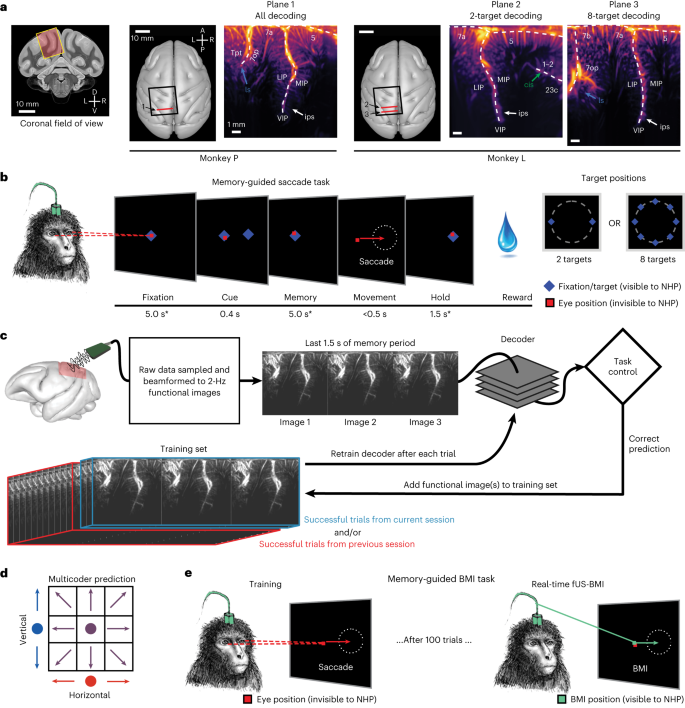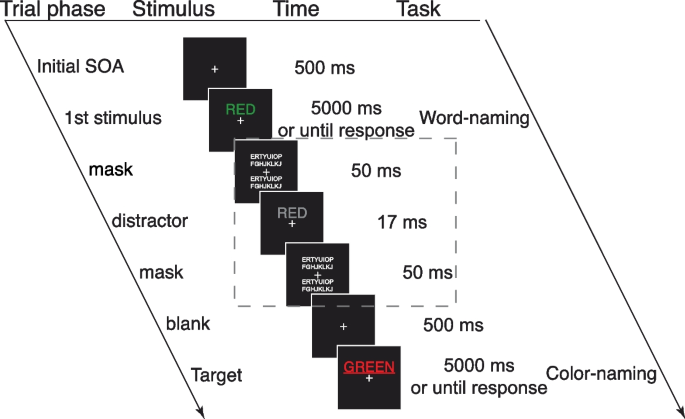2023-11-30 カリフォルニア工科大学(Caltech)
◆この技術は非侵襲的であり、脳への電極の埋め込み手術が不要で、非常に短い遅延時間で動きを正確に予測できます。これは、骨が音波を通さないため、透明な「窓」を頭蓋骨に取り付けるだけで良く、感染のリスクが低減し、脳組織とその保護的な硬膜を傷つけません。
◆研究では、fUSを使用して非人猿の脳活動を測定し、機械学習でデコードした結果、BMIが動きを成功裏に予測できることが示されました。
<関連情報>
- https://www.caltech.edu/about/news/ultrasound-enables-less-invasive-brainmachine-interfaces
- https://www.nature.com/articles/s41593-023-01500-7
閉ループ超音波脳-機械インターフェイスを用いた運動計画の解読 Decoding motor plans using a closed-loop ultrasonic brain–machine interface
Whitney S. Griggs,Sumner L. Norman,Thomas Deffieux,Florian Segura,Bruno-Félix Osmanski,Geeling Chau,Vasileios Christopoulos,Charles Liu,Mickael Tanter,Mikhail G. Shapiro & Richard A. Andersen
Nature Neuroscience Published:30 November 2023
DOI:https://doi.org/10.1038/s41593-023-01500-7

Abstract
Brain–machine interfaces (BMIs) enable people living with chronic paralysis to control computers, robots and more with nothing but thought. Existing BMIs have trade-offs across invasiveness, performance, spatial coverage and spatiotemporal resolution. Functional ultrasound (fUS) neuroimaging is an emerging technology that balances these attributes and may complement existing BMI recording technologies. In this study, we use fUS to demonstrate a successful implementation of a closed-loop ultrasonic BMI. We streamed fUS data from the posterior parietal cortex of two rhesus macaque monkeys while they performed eye and hand movements. After training, the monkeys controlled up to eight movement directions using the BMI. We also developed a method for pretraining the BMI using data from previous sessions. This enabled immediate control on subsequent days, even those that occurred months apart, without requiring extensive recalibration. These findings establish the feasibility of ultrasonic BMIs, paving the way for a new class of less-invasive (epidural) interfaces that generalize across extended time periods and promise to restore function to people with neurological impairments.


